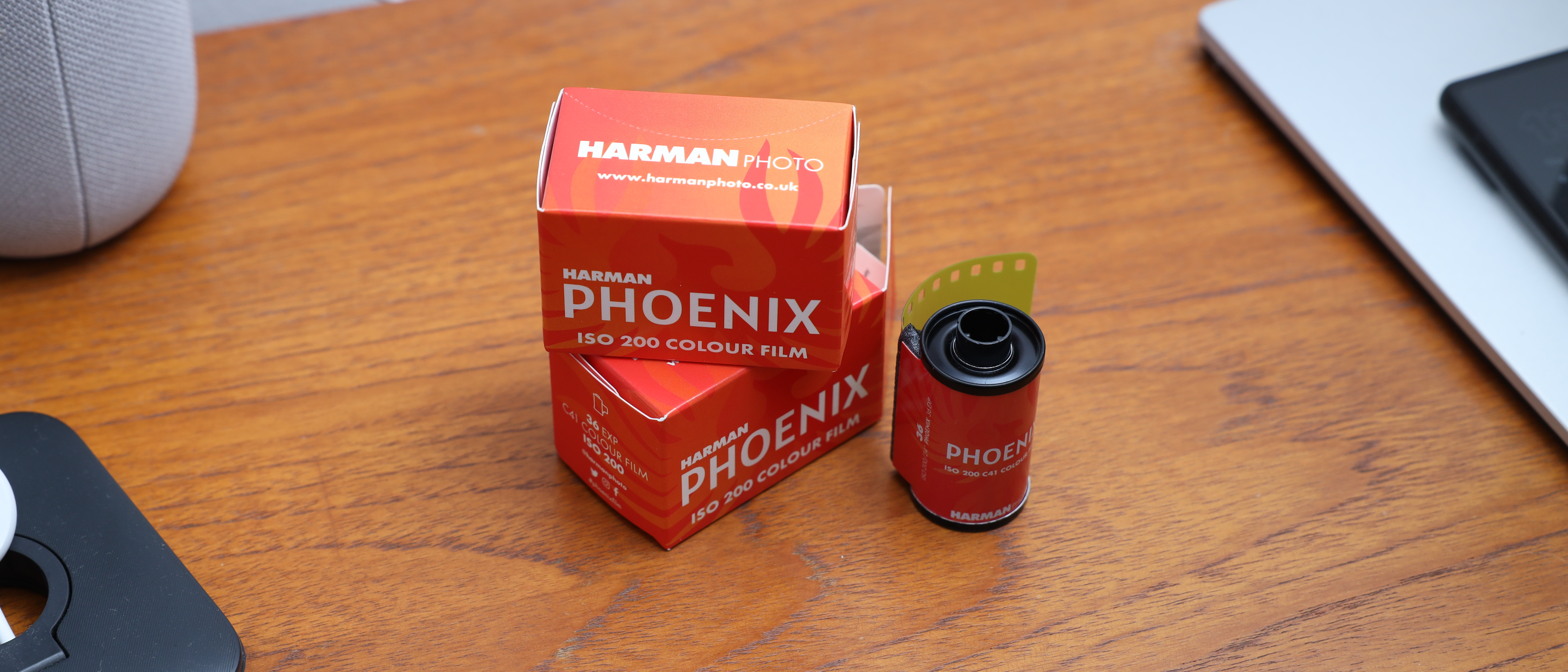Digital Camera World Verdict
Harman Phoenix 200 has its moments where I think it could be great, it has a lovely warm and saturated palette with its own distinct look – but for me, it has too heavy a grain and just a few too many inconsistencies in colors and tones to think about loading many more rolls into my camera. Although, like its proverbial name – it leaves me excited for what might come next.
Pros
- +
Warm and saturated
- +
Some playful colors
- +
Bold contrast
- +
Unique look
Cons
- -
Too heavy grain
- -
Unpredictable hues
- -
Unforgiving latency
Why you can trust Digital Camera World
Harman Phoenix 200 is the world's newest color film (at time of publication), although as a prototype film, Harman will probably pass the world’s newest title on to the next variation of Phoenix film before long.
The name Phoenix is derived from the mythical songbird – for anyone who isn’t aware, Phoenix burst into flame at the end of their life and then are reborn from the ashes. And according to Harman – Phoenix 200 is intended to portray “hope, rebirth, and transformation” for the company. Before you worry, Harman isn’t about to burst into flames any time soon. Still, Phoenix 200 symbolizes the company putting its decades of expertise in producing black and white films into a new venture – a brand new color film.
Phoenix 200 has been developed and produced from start to finish at Harman’s headquarters in Mobberly in England and is seen as an experimental project intended to help refine Harman’s formulations, coating capabilities, and color technology for any future films.
Phoenix 200 is a C41 color film with an ISO of 200, making it a good candidate for shooting outside on sunny or cloudy days, or possibly inside in very good light. Harman says it is possible to push and pull the film between 100 and 400 ISO, but also doesn’t recommend it. Colors are described as punchy, while contrast should be high and grain strong.
Sounds good on paper, but will it find a place as one of the best 35mm films?
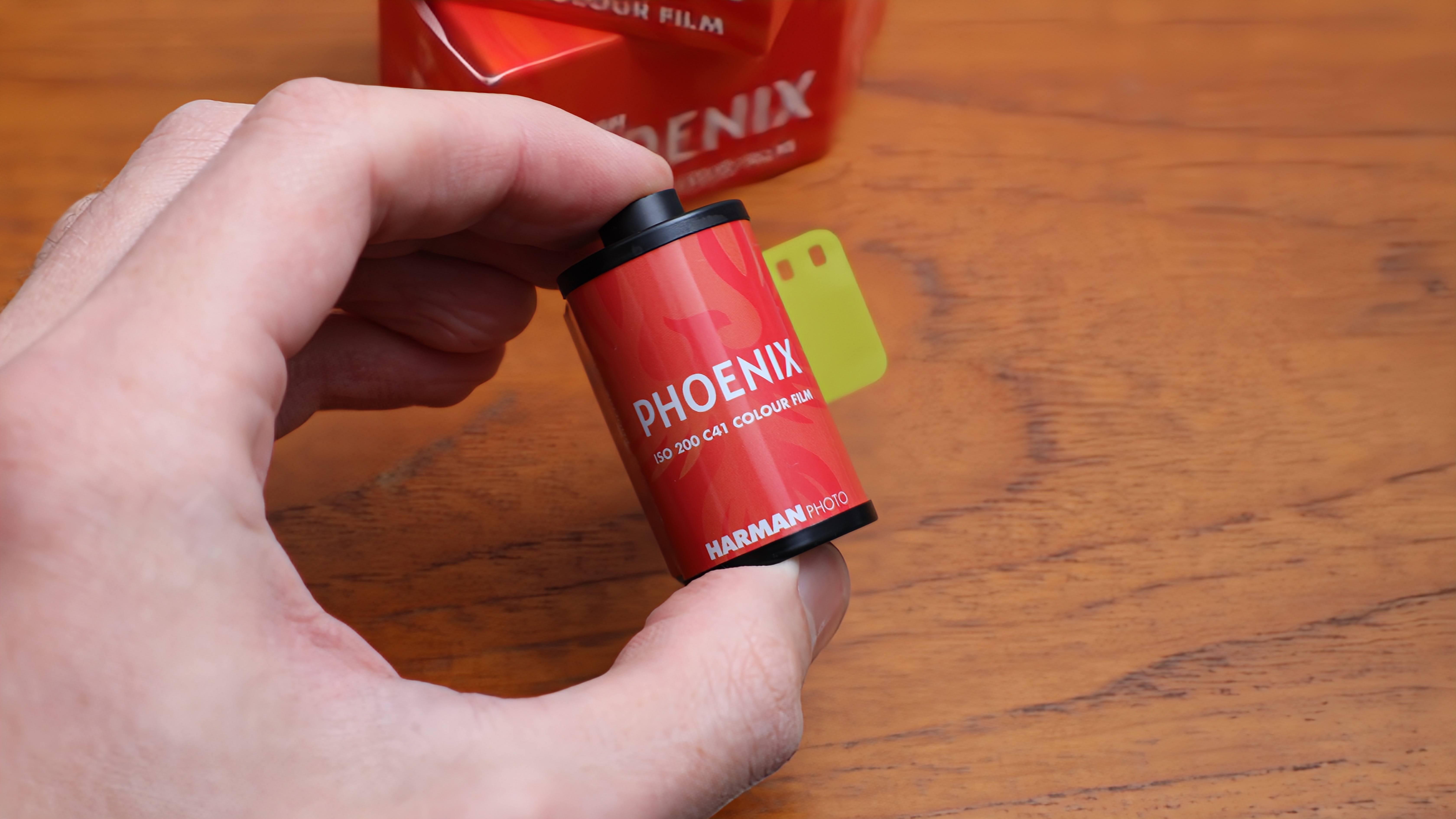
Harman Phoenix 200: Specifications
| Manufacturer | Harman |
| Speed | 200 |
| Push / Pull | 100 - 400 |
| Type | C41 color |
| Format | 35mm |
| Application | General |
| Introduced | 2023 |
Harman Phoenix 200: Price & Availability
Harman says that Phoenix 200 is a limited edition, but I can’t find quite how limited that is – but it is still widely available in stores at the time of writing. Although, this is a prototype as Harman explores color film, so it should disappear in the near future to be replaced by a new and improved version.
The film costs $14 / £13 for a roll of 36 exposures, which puts it somewhere in the middle of the league when it comes to color film, but as Harman is hoping to fund R&D on future films – so it might make you feel better that your money goes directly to better products being made. The film is currently only available in 35mm format and in 36 exposures.
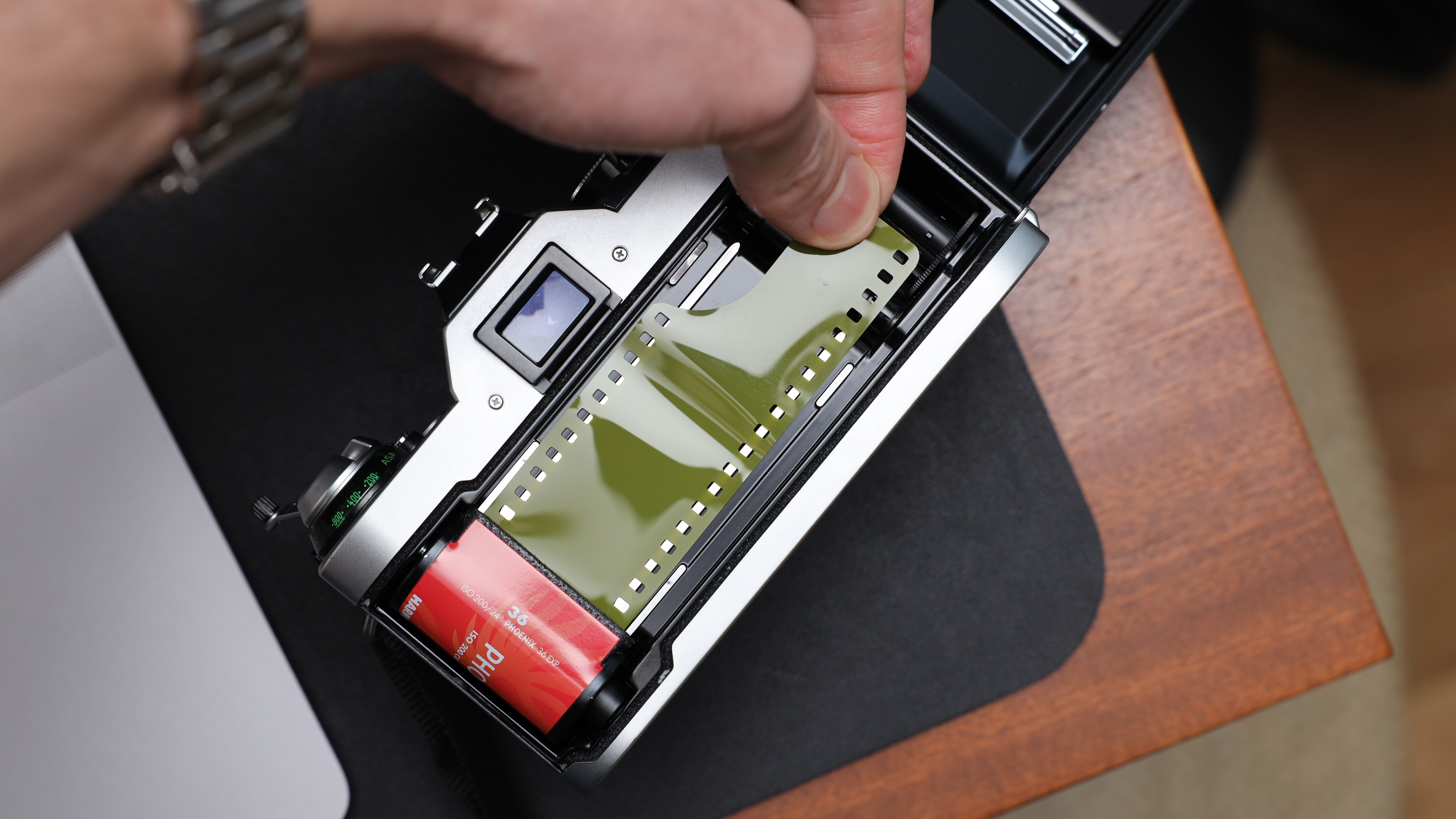
Harman Phoenix 200: Performance
Harman Phoenix 200 has an intriguing color palate, and one I couldn’t really work out. I shot my first full roll of film and developed it, and I was surprised at some of the colors compared to how they were in reality. I then tried to tweak my subjects for the second roll to better play into Phoenix 200’s colors, but couldn’t quite find reliable consistency. I think it will take a lot more time and patience to work out. Harman does give a warning that different scanners also produce different results, so my/your final colors might depend on each lab's equipment.
In my shots, blue, especially in the sky, came through strongly, but I found reds and greens varied a lot depending on the exposure. In the example below the red pillars in Liverpool's Albert Dock came out a quite different hue to reality, potentially due to exposure, but was also different from similar reds like the bus (below). Green grass and trees also take on yellower tones but with varying intensities. There are also occasional and unexplained bursts of purple hue.

If you like the colors that Phoenix 200 produces will depend on your personal preferences, I wasn’t in love with them, but then I also didn’t hate them. The only color that I actively disliked was in skin tones, with the pictures of me taken giving my skin an overall yellowish tone that made me look a little unwell.
The film is warm and saturated which overall is my style, so that was a big tick for me. Still, otherwise, I should probably declare at this stage that I am boring. While I like unique film variations for occasional fun, I usually like my films to be representative and accurate to the scene, which Phoenix 200 falls just a little short on.
The grain is heavy, and even outside in good light, the grain could be distracting – I like a good bit of film grain as it's part of the charm of film, but I found the grain pattern on Phoenix 200 a little too much.
The exposure latitude of the film was also very unforgiving (I shot my test rolls on the recommended 200 ISO). In a few shots where I was taking a bit of a risk on the exposure coming out perfectly – did not work out at all, and they went straight in the bin. Other films I shoot with on a regular basis do a better job in this department. But when the exposure was nailed just right then it did produce some very nice results.

Harman Phoenix 200: Sample Images
All these images were taken using a Canon AE-1 Program camera and Harman Phoenix 200 shot at the recommended box speed of 200 ISO. These were shot outside on mostly sunny but wintery days here in the UK.








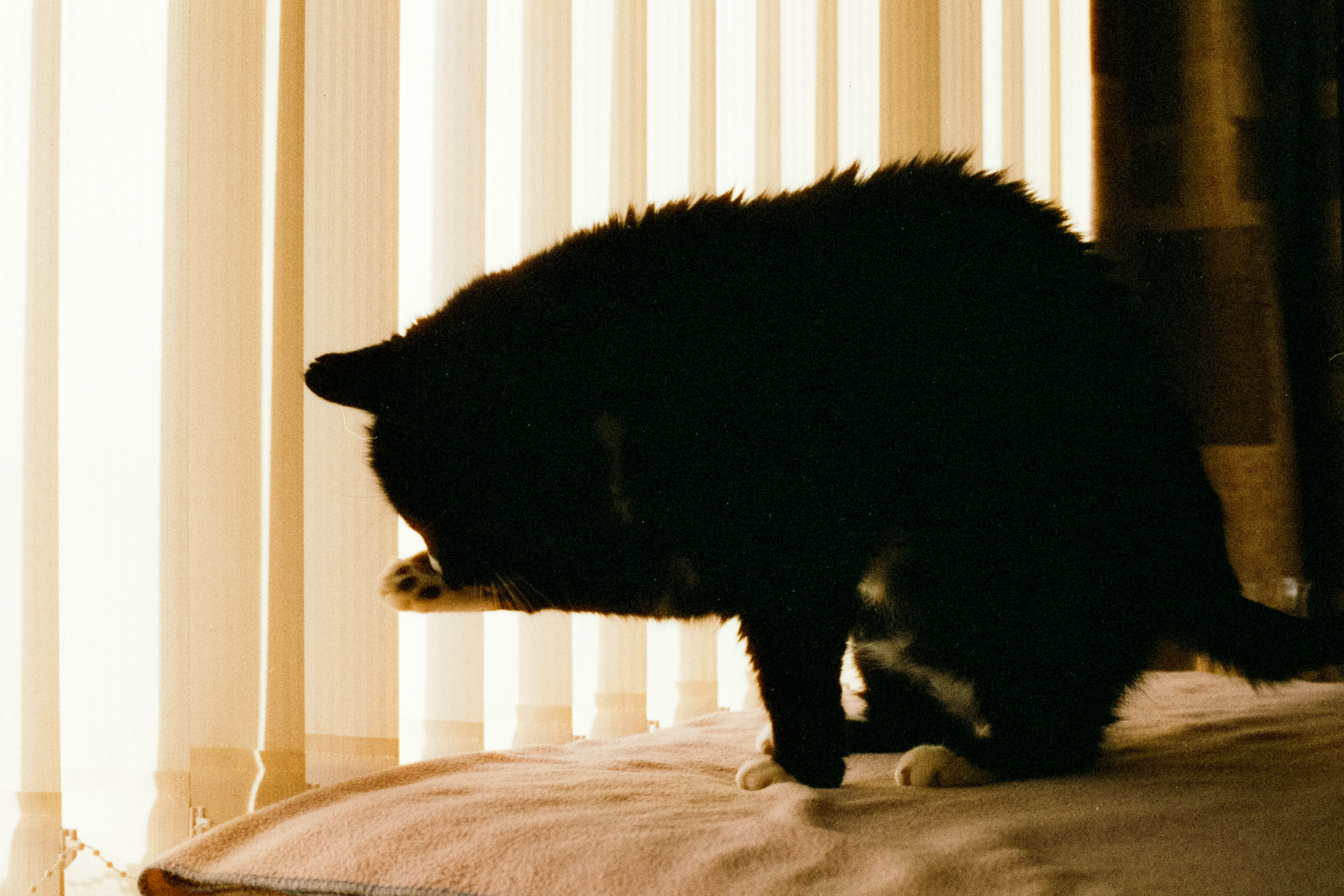
Harman Phoenix 200: Verdict
Harman Phoenix 200 does not perfectly fit with my general film philosophy, the colors can stray just a touch untrue to life, the grain a little heavy, and the film just slightly too unforgiving to imperfect exposure.
If you like introducing some interesting and imperfect hues in your film photography then Harman Phoenix might be right up your street. It captures some of the same level of fun as films from Lomography, and getting the films back from the labs, I was genuinely excited to see how they turned out. My best advice – buy a few rolls while you can (it is a limited edition) and see for yourself if you vibe with it.
Phoenix 200 isn’t likely at this stage to find a permanent home in my camera, although that, by all means, doesn’t mean I didn’t enjoy shooting with it as it introduced a new element to my creativity, and I am very much looking forward to playing with this Phoenix's next incarnation.

Harman Phoenix 200 Alternatives
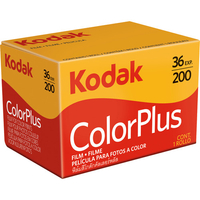
Kodak ColorPlus 200 is perhaps the most mainstream film of all, existing in various forms for decades, and for good reason, it is a simple film with consistent results with more accurate colors than Phoenix 200.
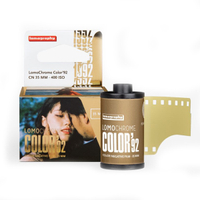
If you want a film that harks back to mass-produced film from the 1990s then the LomoChrome Color ’92 hits this perfectly with grain and tones that will make you want to dig out your Spice Girls cassettes.

Gareth is a photographer based in London, working as a freelance photographer and videographer for the past several years, having the privilege to shoot for some household names. With work focusing on fashion, portrait and lifestyle content creation, he has developed a range of skills covering everything from editorial shoots to social media videos. Outside of work, he has a personal passion for travel and nature photography, with a devotion to sustainability and environmental causes.
